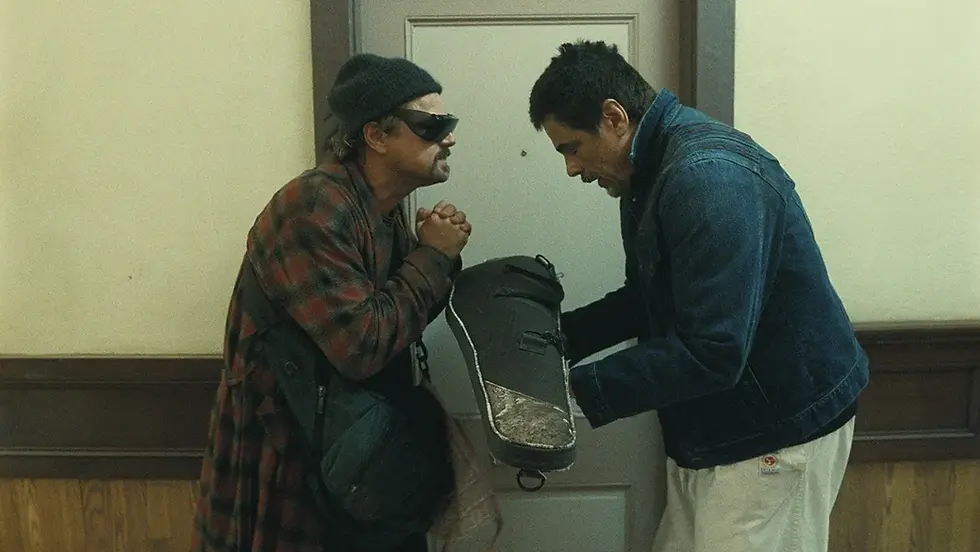Tracking the Wild Feminine
- Maria Souza
- Sep 26, 2022
- 4 min read
Updated: May 17, 2024

The Goddess, on the other hand, is in everybody, in every place, and is every place; the business of recognizing her there is the business of this mythology.
Joseph Campbell, Goddesses: Mysteries of the Feminine Divine (232)
Our world is deprived of images of the Goddesses. That is not to say they don’t exist, but they are buried, hidden, and disguised in our culture, or they have been misunderstood and polluted. How can we recognize someone if we do not know how She looks or what Her name was?
The truth is that outside of specific niche circles, we have little metaphysical representation of the divine feminine nature. We are starving for images of the goddesses that can encompass our whole being as women and so allow us to recognize it in ourselves, others, and the living world.
In the West, this is most visible through Christian mythology. As Marie Louise Von Franz states in her book The Feminine in Fairy Tales, Protestantism must accept that it is purely men’s religion. (1) Catholicism offers only the Virgin Mary as an image, which is an incomplete image of the feminine as it only embraces the light aspects of the divine, and excludes many of its core principles.
Even beyond the West, the divine feminine is equally scarce. I have lived in Asia for more than half a decade, and have observed how women in the East are also starving for mythology and history in which we are portrayed fully, powerfully, fertile, and robust. One of my Chinese students in the program where I teach has said that women in China live under an invisible veil that keeps them domesticated and living unfulfilling lives. She has described how the culture is deprived of clues and tracks for women to discover, and how hard it is for them to find liberation and belonging within this limiting environment.
It’s not only the lack of stories and images that make us feel this loss of representation but also the lack of attention to the tales we have in hand and the tools to interpret them, and the inability to read stories symbolically. In many parts of the world, mythological tales are still considered stories for children, a change that emerged in the seventeenth century, shifting fairy tales from the adult domain to nurseries. Von Franz suggests this has to do with rejecting the irrational, the imaginal, and respecting only rational thinking. Time and again, the masculine, the logos, and intellect suppresses the feminine, the intuitive, and the mystical.
Today, fairy tales are accepted for their immense psychological value in academic and clinical circles. However, this knowledge has not reached the mainstream, and many women lack the tools to interpret and value them as cultural medicine. We forget that these tales are journeys of the soul.
This leads to a Self that is disorientated and uncertain about one’s place in the world, a Self that feels arid and lost. Starting from this space of emptiness and confusion, I came to find my own medicine in myths and fairy tales. Now, out of my own discoveries, women from over 30 nationalities have taken part in my work, “Women and Mythology.”
Women come looking for resources to support their connection with the feminine, to help them define their identity, and even find permission within themselves to step into their full creative powers as women, dismantling their fears and burned-out value system. Through tracking nature mythologies, we begin to rediscover feminine images and to re-learn how to gain insights into our soul’s journey.
Joseph Campbell said:
(…) All I can tell you about mythology is what men have said and have experienced, and now women have to tell us from their point of view what the possibilities of the feminine future are. And it is a future—it’s as though the lift-off has taken place; there’s no doubt about it.” (Goddesses: Mysteries of the Feminine Divine, 263)
To forge and build the possibilities of this feminine future, we must bring these divine feminine figures and their journeys back into the public consciousness. We must let them live through us. We must confront our dysfunctional and patriarchal ways of being, dismantle the old values deeply embedded into our belief system and create space for new feminine ideas to emerge.
This is not only a journey for women. I believe it’s a journey for all genders, but it does start with women. We must do the work, travel the journey, and hold the door open for those who also want to rediscover the feminine within themselves. Clarissa Pinkola Estés suggests that women must heal themselves and the feminine first, and only then can we support others to do the same. (Women Who Run With The Wolves 97)
This is not a simplistic journey to take. It’s one with many inner and outer ogres and dragons; however, as Campbell states, the old indigenous mythologies will show us the way. Its myths carry the assortments of images we look for and showcase the inextricable relation between the natural world and the feminine. Through them, we can relate and locate our true nature, reclaim our authentic values, awaken to our creative power, and manifest our integrated self, which is vital, fertile, and creative.

%20BB.png)


